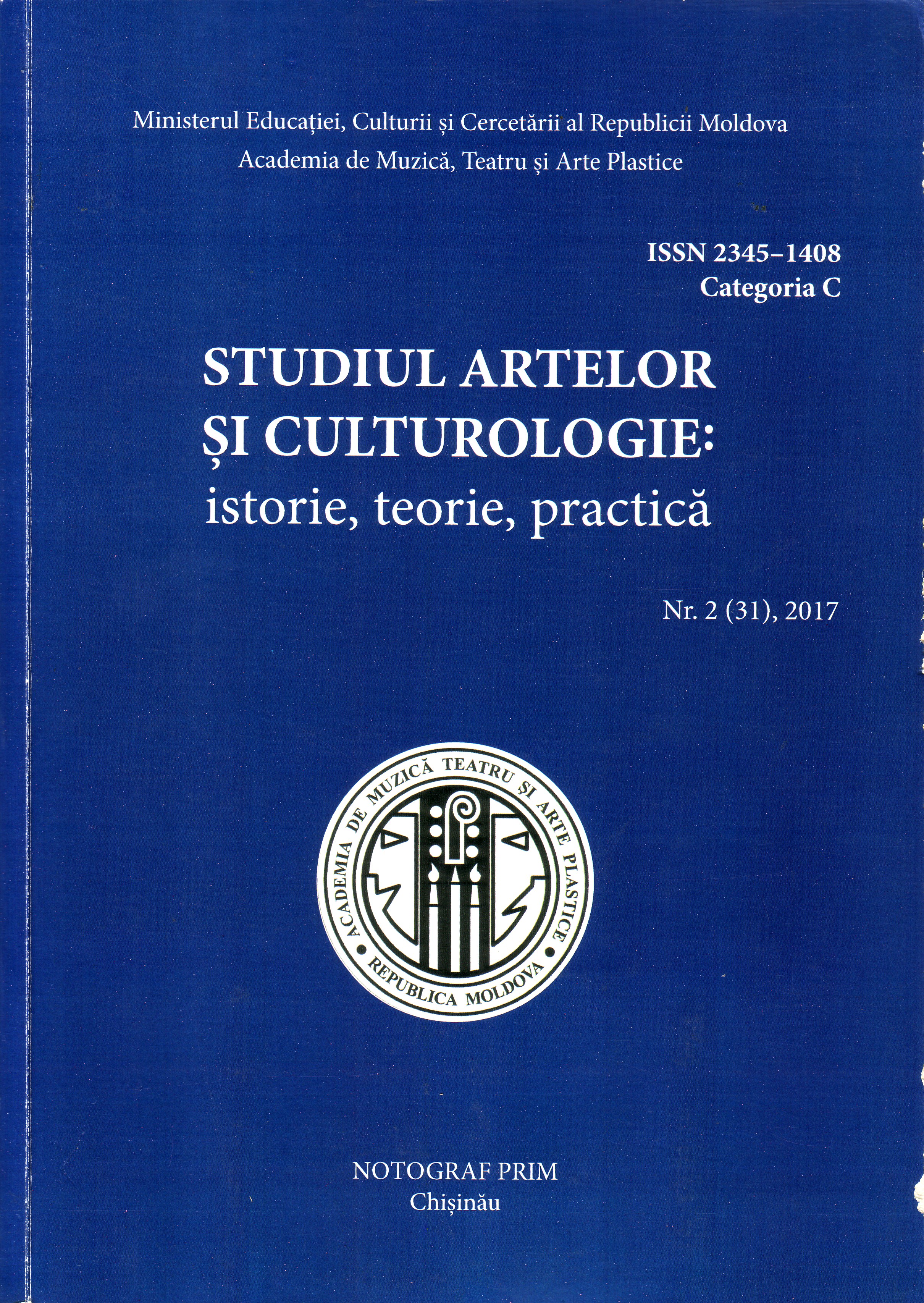TENDINŢE NEOCLASICISTE ÎN SONATA IN C PENTRU ACORDEON SOLO DE ERNST-LOTHAR VON KNORR
NEOCLASSICAL TRENDS OF THE SONATA IN C FOR SOLO ACCORDION BY ERNST-LOTHAR VON KNORR
Author(s): Dumitru CalmîşSubject(s): Music
Published by: Academia de Muzică, Teatru și Arte Plastice
Keywords: accordion; basso ostinato; Ernst-Lothar von Knorr; neoclassicism; sonata;
Summary/Abstract: This article presents an analysis of the Sonata in C for solo accordion written by the German composer Ernst-Lothar von Knorr and it is dedicated to the accordion producer Ernst Hohner. This musical composition was written in 1949. It represents the first creation in sonata form in the chamber repertoire for accordion from Germany. Ernst-Lothar von Knorr was influenced by the German academic school of the twentieth century and especially by one of the most prominent representatives of neoclassicism Paul Hindemith, who would later become his friend. He operates intensively with the compositional processes of neoclassicism, reflected strongly enough in the sonata for accordion. The revitalization of the forms, characteristic of compositionsof the classical and pre-classical epochs (large tripartite form with episode in part I, polyphonic variations on basso ostinato in part II and the concert form in the finale), enriched by the free use of the chromatic scale and other innovations in this domain, determine clearly the approach of the Sonata in C for solo accordion to the neoclassical principles.
Journal: Studiul artelor și culturologie: istorie, teorie, practică
- Issue Year: 2017
- Issue No: 2(31)
- Page Range: 80-89
- Page Count: 10
- Language: Romanian

